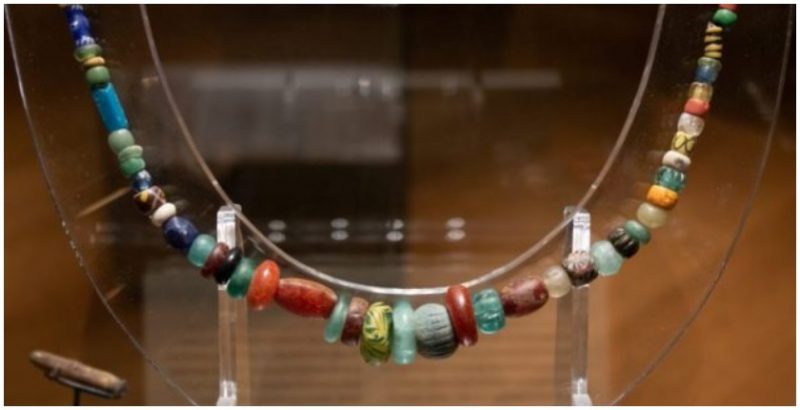A gorgeous piece of jewelry created a millennia ago by the mighty Vikings may have belonged to a mysterious pagan sorceress. It is now exhibited at the Jorvik Visitor Center in York, England.
The piece is a necklace, containing some 51 glass, jet, and amber beads, all radiating different colors. It resurfaced amid archaeological digs on a site at the Peel Castle more than three decades ago. Situated on the St. Patrick’s Isle of Man, in the Irish Sea, the Peel Castle was originally erected by Vikings during the 11th-century A.D., but the necklace is older than that.
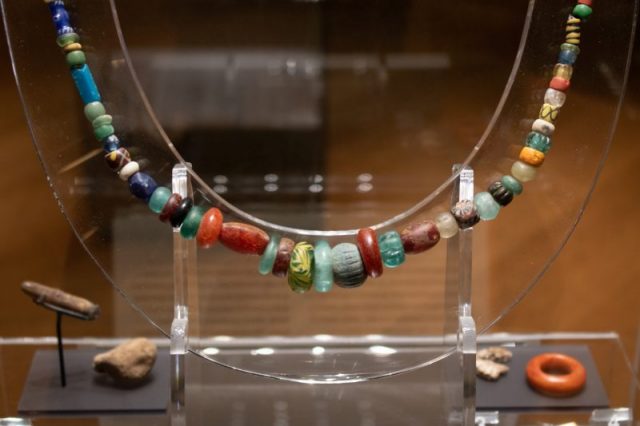
As the BBC reports, this is the first time the necklace has moved away from the island, to be displayed at the Jorvik Visitor Center within an exhibition highlight Viking women. The center has been “really thrilled” for loaning the piece from the Manx National Heritage (MNH), said their marketing manager Beth Dawes.
“It is absolutely beautiful. I’ve been saying that I would wear it myself,” commented Dawes, according to the BBC.
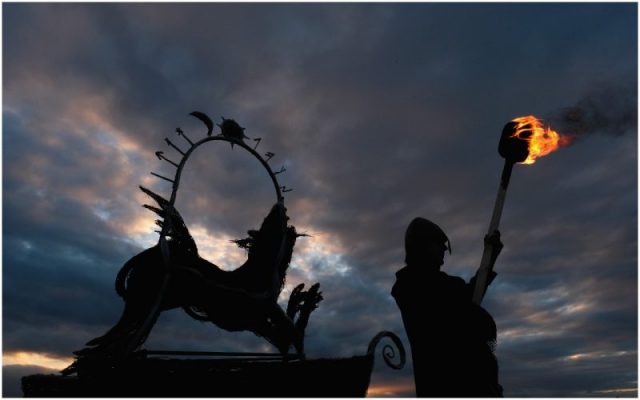
The delicate-looking necklace combines a unique mix of beads. It’s the diversity of beads that makes it so noticeable.
The gemstones used for it have been collected from England, Ireland, the region around the Baltic Sea but also places as remote as the Middle East indicating complex trade relations of the Middle Ages.
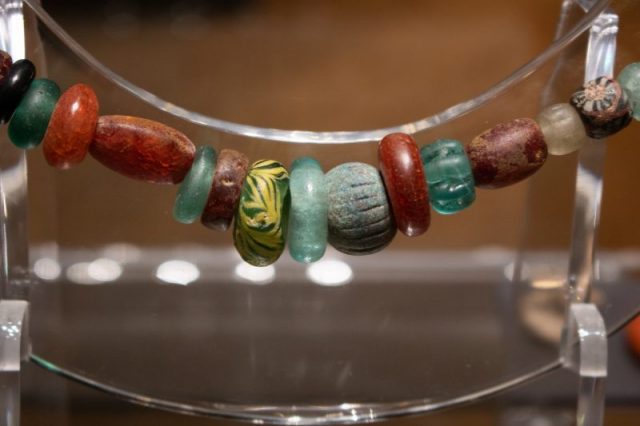
The piece also testifies to the surprisingly high-status women existed in that culture and era. Besides appealing to the eye, the centuries-old piece of jewelry has been further associated with spirituality. In 1984, it resurfaced from a stone-lined burial site which suggested the woman who once pledged ownership on it may have been a pagan sorceress. Or, in the vocabulary of Norse religion–she likely was Völva, a female shaman, laid to rest with the assets of her occupation.
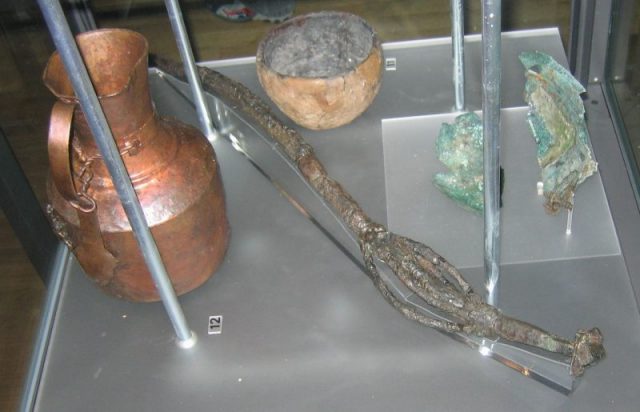
While her grave is dated to the mid-10th-century A.D., part of the beads on the necklace have been dated several centuries earlier than that. Within her site of burial, other grave artifacts found have included a tiny set of pestle and mortar and fossil ammonite charm.
The woman might have been “a shaman sort of person who would have told fortunes and been very involved in rituals and religion,” Dawes also said. As someone holding divine connections and healing knowledge within the community, the woman could have actually been compensated with stuff such as beads for her services.
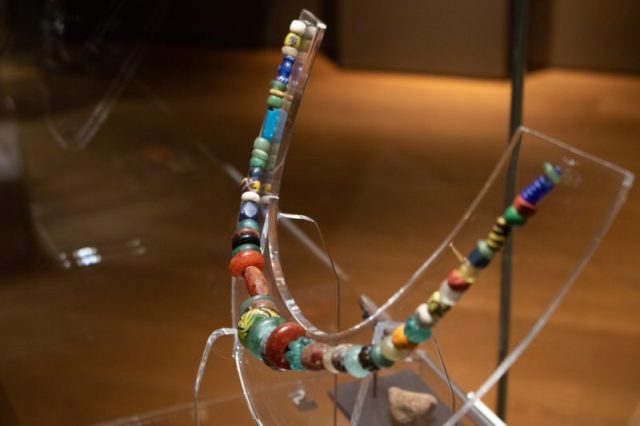
The owner of this necklace is also referred to sometimes as ‘Pagan Lady’. Another mysterious aspect of her story is that besides the connection with paganism, her final resting place was a Christian cemetery.
Her burial looked quite wealthy for a female, which is what has persuaded archaeologists and other experts that she was an eminent woman, a woman of importance, especially in terms of spirituality and religion amongst her people.
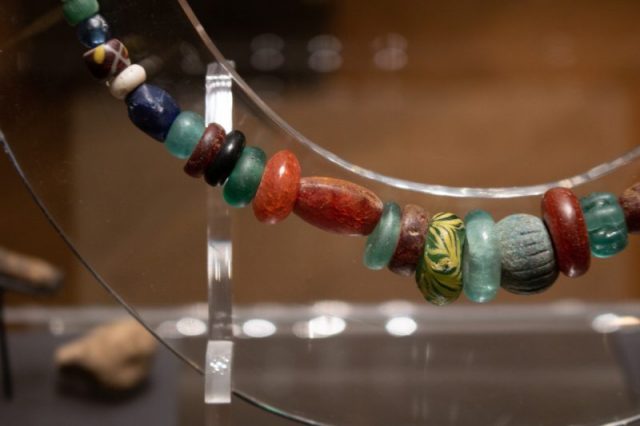
The rare find of the necklace has propelled plenty of discussions among experts about the role women had in Viking society already. Which only adds more value to it as one of the most authentic artifacts ever retrieved from the Isle of Man.

During Pagan Lady’s days, it was more or less only men who received burials denoting the high status. Earlier interpretations of the necklace said that the woman had received the piece as a gift from someone close to her. Like her spouse who may have been on the road quite often, as well as that she was “something of a domestic Goddess, someone who was in charge in the home,” according to BBC.
With further research of similar burial sites, it became clear that the woman must have been significant to her community. In general, Viking society was more advanced in terms of female empowerment. Other Middle Age societies would have lagged behind.
Read another story from us: Redheads have been Feared and Vilified Throughout History – Here’s Why
In York, the necklace will be available to see until August 2019. It is there to also remind us that medieval cultures liked beautiful things too. As humans, we have indeed garnered a taste for fine things for a very long period of time now.
